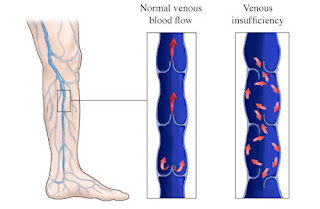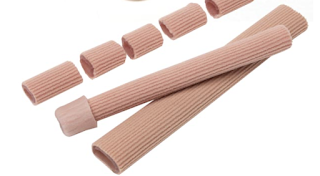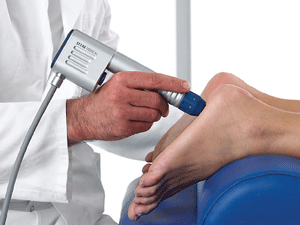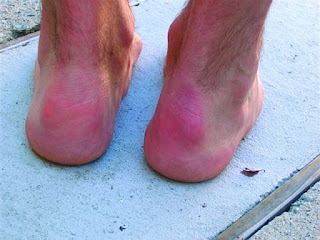Achilles Tendinitis-Non-Insertional
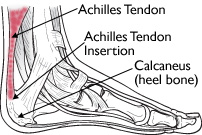
Achilles Tendinitis "The pain in the back of my leg has been increasing the last few months. I can feel a bump along my achilles." Achilles Tendinitis-Non-Insertional The Achilles tendon is the largest tendon in the body. It connects your calf muscles to your heel bone and is used when you walk, run, and jump. Non-insertional tendinitis involves the middle portion of your achilles. It can feel like a bump in the middle of your calf. The leg typically hurts when you move your ankle in an upward position(dorsiflex). Causes There is not one cause of achilles tendinitis. Having tight calf muscles and suddenly starting an aggressive exercise program can put extra stress on the Achilles tendon . Systemic conditions such as sarcoidosis, RA, MS, SLE can also contribute. Symptoms Common symptoms of Achilles tendinitis include: Pain and stiffness along the Achilles tendon in the morning Pain along the tendon or back of the heel that worsens with activity Se
